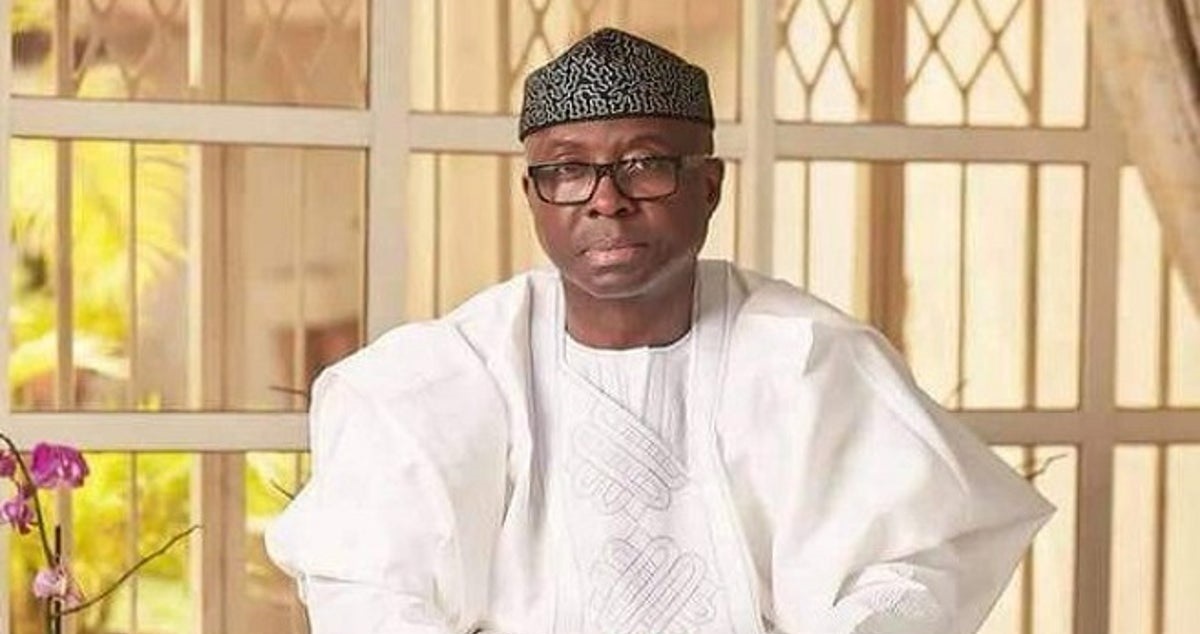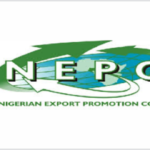With Nigeria adjudged among the countries with the highest quality of hide/skin, N114.844 billion was spent to import the commodity in four years, analysis of a report by the National Bureau of Statistics (NBS) has shown.
The report titled: “Foreign Trade in Goods Statistics” states that N10,887bn was used to import in 2018; N23,342bn in 2019, N29,692 in 2020, N36,099 in 2021 and N11.824bn in the first quarter of 2022.
Library association decries poor conditions of facilities in states
We’ll help Nigeria enhance blood donation – Rotary Club
However, the commodity, categorised as “raw hides and skins, leather, fur skins etc; saddlery” was exported at the same period to the tune of N126.238bn.
A breakdown indicates that the commodity worth N33,715bn was exported in 2018, N26,936 in 2019, N23,533 in 2020, 37,216 in 2021 and N4,838bn in the first quarter of 2021.
Though the report does not specify which of the animals the commodity belongs to, the National Agency for Food and Drug Administration and Control (NAFDAC) had in February intercepted 120 tonnes of “dangerous animal hides and skins popularly known as ‘ponmo’ in Lagos.”
The Director General of NAFDAC, Prof Mojisola Adeyeye, in a statement, explained that the investigation was in response to several complaints received from the public about the sale and distribution of imported hides and skins meant for use in leather industries which had already been processed with chemicals.
She said the hides and skins were however sold as edible animal skin products otherwise called ponmo, noting that preliminary investigation even revealed that some of the hides and skins were imported illegally and diverted to some merchants who re-processed them before selling them to members of the public.
Even with hides and skins in the prohibited export list of Nigeria (including Wet Blue and all unfinished leather), the West African Competitiveness Programme (WACOMP) said Nigeria was a consistent supplier of leather to European and Asian markets.
WACOMP noted that Nigerian leather ranked among the highest quality globally, stating that its leather industry could be categorised into the industrial sector (90 per cent of exports) and the traditional/artisanal sector (10 per cent of exports).

 Join Daily Trust WhatsApp Community For Quick Access To News and Happenings Around You.
Join Daily Trust WhatsApp Community For Quick Access To News and Happenings Around You.


